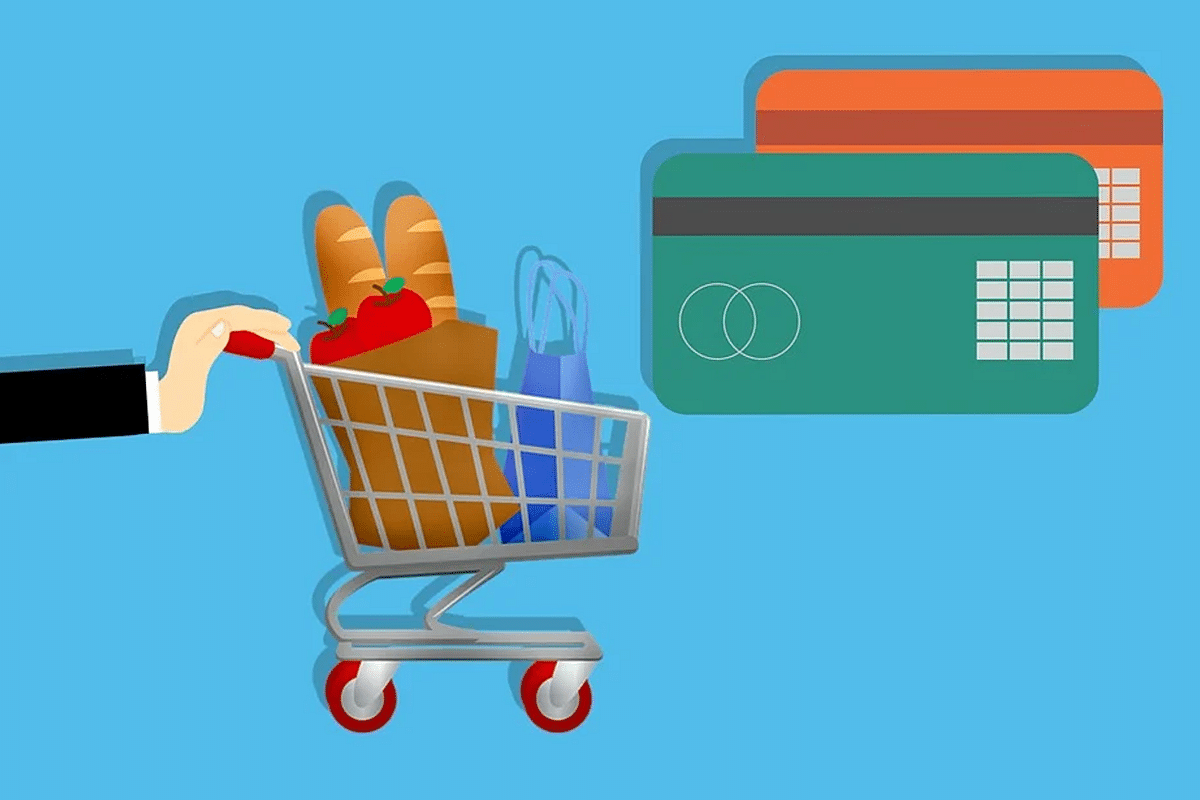Commentary
Strong Festive Season Sale: Does Stupendous Growth In Premium Product Category And Signs of Struggle In Price-Sensitive Sectors Reveal Uneven Recovery?
- The growth in sales of products that primarily cater to upper economic classes, and the stagnancy in products catering to lower economic classes might indicate that the lower sections of society are recovering much more slowly from the pandemic.

Credit Inquiries Touched Record High During Festive Season (Pixabay)
If e-commerce sales numbers over the past few days are anything to go by, India's retail sector appears to be set for a strong festive season.
Online retailers have seen a relatively better take-off in comparison to the previous year.
According to Redseer Strategy Consultants, the sales are estimated at 30 per cent higher than the sales in the previous year, just over the first four days. Last year, sales were impacted by the pandemic's severe second wave, resulting in disappointing sales for companies.
In total, e-commerce players have already made a total of $ 3.5 billion in sales over the last few days. Companies across the board are focused on the festive season since consumers increase their spending during the period.
The Growth in E-Commerce Sales
Amazon India has highlighted that it has seen a significant jump in sales from tier-2 and tier-3 cities during the current festive season – totally accounting for 75 per cent of the sales during the sale period. In addition, more than 65 per cent of its sign-ups for Prime Memberships came from tier-2 and tier-3 cities, indicating the growth potential of these areas.
Amazon has already seen an approximate 90 per cent increase in its Prime Membership compared to last year.
Meesho has seen its sales value increase by 68 per cent over the previous year, with a total of 3.34 crore orders over the last five days. Meesho too saw significant growth from smaller areas, with tier-4 cities accounting for 60 per cent of all the orders placed.
Flipkart, too, has said that tier-2 and tier-3 cities have contributed to 60 per cent of the total traffic.
Electronic items accounted for a significant portion of sales for all e-commerce players, with mobile phones alone estimated to be contributing to sales worth Rs 11,000 crores.
E-commerce sites offer steeply discounted products through sellers, partnerships, and cash-backs. Further, the infrastructure was laid out by preparing logistics and workforce for increased pressure during the period.
Growth in the Premium Products Category
Offline sales, too, are increasing as the economy recovers from the pandemic.
Phoenix Mills, which runs a set of malls across the country, has already seen demand pick up over the last few quarters. The first quarter of the financial year 2023 (FY23) saw the highest consumption at Phoenix's malls, with growth across several categories. Jewellery and Electronics consumption increased 115 per cent and 33 per cent, respectively, over the same period in the pre-pandemic era. The company expects aggregate consumption across its entire portfolio to reach around Rs 9000 crores from the FY20 figure of Rs 6930.
Reliance Retail, the country's largest retailer, has seen its revenues reach Rs 1,74,980 crores, higher than Rs 130,556 worth of revenues earned in FY20.
Passenger Vehicle Sales are doing quite well, with four-wheeler original equipment manufacturers making significant improvements in growth over the last few months.
Companies such as Titan and Ethos have reported significant sales figures – helped by both price increases and volume growth. The growth in consumption points to the consumer recovery and increasing financial strength of the upper sections of the economy.
Signs of Struggle in Price-Sensitive Sectors?
However, there are signs that India's lower sections could still be struggling. Sectors and companies that have price-sensitive consumers have seen a much slower recovery in sales over the same period.
For instance, commuter bikes which mainly cater to a price-sensitive audience, have not seen a strong recovery post the pandemic. The total sales in the segment are still below the sales posted by players in FY19.
In September 2021, Hero Motocorp saw a decline of 2.1 per cent in total domestic sales compared to the previous year, despite the latter's being depressed due to Covid. This is in contrast to the growth seen in the passenger vehicle market, which has relatively less sensitivity to inflation-driven price hikes.
Other areas such as fast-moving consumer goods (FMCG) such as cooking oil, hair oil, and food items, have seen sales decline due to high inflation. For instance, Marico, which owns the Parachute and Saffola, said that domestic volumes had seen a de-growth of mid-single in the first quarter of FY23, with Saffola seeing double-digit volume declines as consumers shifted towards smaller brands and packs. Clearly, these are unlikely to be customers who have stepped up their premium discretionary purchases.
The growth in sales of products that primarily cater to upper economic classes, and the stagnancy in products catering to lower economic classes might indicate that the lower sections of society are recovering much more slowly from the pandemic.
Support Swarajya's 50 Ground Reports Project & Sponsor A Story
Every general election Swarajya does a 50 ground reports project.
Aimed only at serious readers and those who appreciate the nuances of political undercurrents, the project provides a sense of India's electoral landscape. As you know, these reports are produced after considerable investment of travel, time and effort on the ground.
This time too we've kicked off the project in style and have covered over 30 constituencies already. If you're someone who appreciates such work and have enjoyed our coverage please consider sponsoring a ground report for just Rs 2999 to Rs 19,999 - it goes a long way in helping us produce more quality reportage.
You can also back this project by becoming a subscriber for as little as Rs 999 - so do click on this links and choose a plan that suits you and back us.
Click below to contribute.
Latest